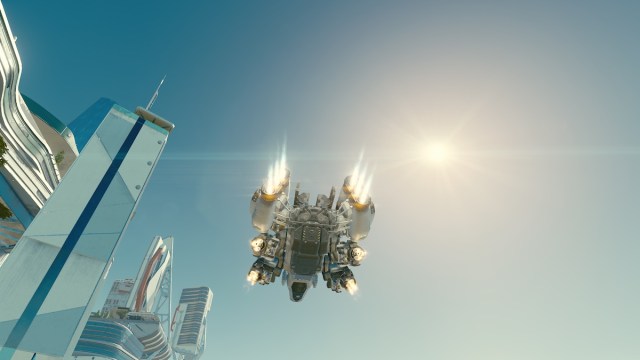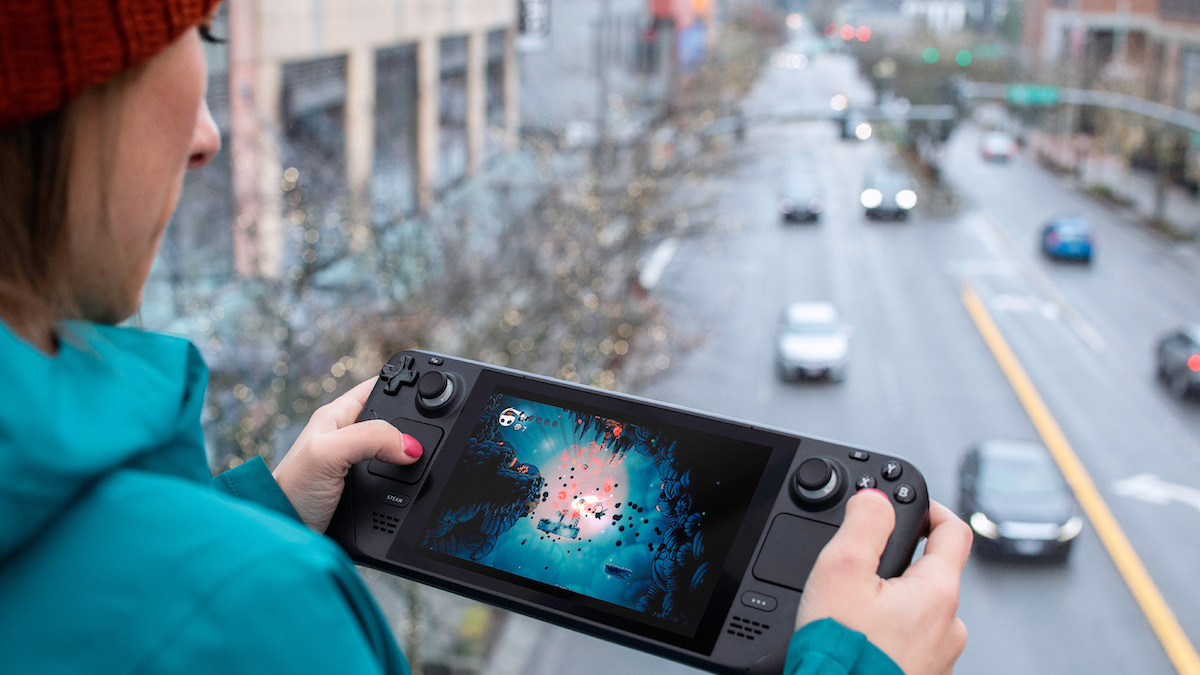The Steam Deck has managed to make quite a splash since it launched in 2022. According to analysts at Omdia, the handheld is expected to surpass 3 million units sold this year. You won’t have much trouble figuring out why the portable gaming PC has been so popular. Running the Linux-based SteamOS, the Deck gives you instant access to your Steam library while you’re on the go. It’s not just for games, however, and when you switch to desktop mode, you have a fully-fledged PC in your hands.
One of the biggest selling points of the Deck is its customizability, both on the software and hardware level. Don’t like SteamOS? Just swap it out for Windows. Feel like you need more internal storage? The SSD can be easily replaced. More adventurous Deck owners have even changed larger components, such as the screen.
In the grand scheme of things, the Deck is relatively young, as it’s barely a year old. Despite this, so much has changed since the world got its hands on it. Consumer expectations have heightened, and in response games are rapidly growing more complex, demanding increasingly more from the systems they are played on. This has begun to place hard limits on what can be played enjoyably on Valve’s handheld.
Additionally, the portable gaming device faces more competitors than ever. Of course, plenty of handheld PCs have been on the market before the Deck’s launch. However, Valve has managed to catch lightning in a bottle with the Deck thanks to its user-friendliness, reasonable price point, and easy customizability.
Others have taken note, leading to more portables entering the market, and they feature specs that make them quite tempting for anyone looking for a handheld gaming device. So where does this leave the Deck, and how much longer can we expect it to endure? Answering this question would require a good look at the gaming scene the device is facing.

How long is a gaming year?
When Valve first revealed the Steam Deck, it appeared to be a revolutionary device that would sever the tether between players and their desktop PCs. Furthermore, despite its relatively small size, the device was advertised as being capable of handling modern AAA games. When speaking to IGN in 2021, Valve developers claimed that they had “achieved the level of performance that is required to really run the latest generation of games without problems” and they hadn’t “really found something that we could throw at this device that it couldn’t handle–at least not yet.”
At the time these weren’t false claims, and Control was one of the main games used to showcase the handheld’s power. Anyone with reasonable expectations would understand that as games grow more demanding, the Deck will eventually struggle to play the latest triple-A games. What is shocking is just how fast it happened.
Already there have been several games that have taxed the device far more than it can handle. Larian Studios’ Baldur’s Gate 3 is a good example of this, as even at its lowest settings, it struggles to maintain a steady 30FPS, and the problem only gets worse as you progress and enter more populous areas. The one saving grace is that BG3 is a turn-based game, which makes the framerate less of an issue.
Things go from bad to worse when you try to run Starfield on the Deck. It isn’t too shocking, as Bethesda’s game is a graphically intense open-world game that has even been exhausting PCs with good specs. To get the game running on the Deck, you’ll need to turn down all the settings, and even then you’re in for a pretty rough experience.
Not all games will be as massive as Starfield, but it is a potentially ominous look at what’s ahead for the Deck. For players hoping to play the latest massive productions, Valve’s device is increasingly becoming an inconvenient place to do it.

The Steam Deck must contend with the ROG Ally and Lenovo Legion Go
Some big players are making moves that ensure you won’t automatically think of Valve first when you’re considering a handheld PC. From ASUS we have the ROG Ally, which runs Windows 11. Though both the ROG Ally and the Deck sport 7-inch screens, ASUS’ offering may be slightly more attractive to some thanks to its RDNA 3 graphics architecture which is superior to the Deck’s RDNA 2-based GPU.
We see a similar story with the Lenovo Legion Go, which is expected to launch in October, and features AMD RDNA 3 graphics in addition to a large 8.8-inch screen and detachable controllers. Though it appears to be the more powerful device, it’ll cost you significantly more than Valve’s device will, as it is expected to launch with a starting price of $699 for the 512GB base variant.

Steam Deck in 2023 and beyond
On the surface, it may seem that the best solution is for Valve to pump out a Steam Deck successor. There are certainly plenty of aspects that could be improved. For instance, the touchscreen is frustratingly inaccurate, and the fact that it is LCD is disappointing when OLED has been so widely adopted.
Despite this, the Deck may still have plenty of life left in it. Evidence of this can be found when analyzing Valve’s list of the most played games on the handheld. Of course, your usual AAA suspects are there such as Hogwarts Legacy, Red Dead Redemption 2, and Spider-Man Remastered. However, the list is also highly populated by smaller indie titles such as Terraria, Cassette Beasts, and Hollow Knight. The device has also found great success with emulators such as EmuDeck, which allow you to make the most of gaming’s rich history.
Even if it isn’t the best spot to play the latest AAA titles, the Deck still has plenty of life left so long as retro and indie titles are still playable. While it may start getting out-performed by the latest handhelds, the Deck’s easy access to Steam’s library and high customizability could ensure it’s still a consumer favorite.
It’s a good thing that retro and indie titles are so popular on the device, as Valve developers claim “a true next-gen Deck with a significant bump in horsepower wouldn’t be for a few years.” Even as the gaming world progresses, the Deck will be chugging along, ensuring your backlog receives the love it deserves.






Published: Sep 12, 2023 12:05 pm